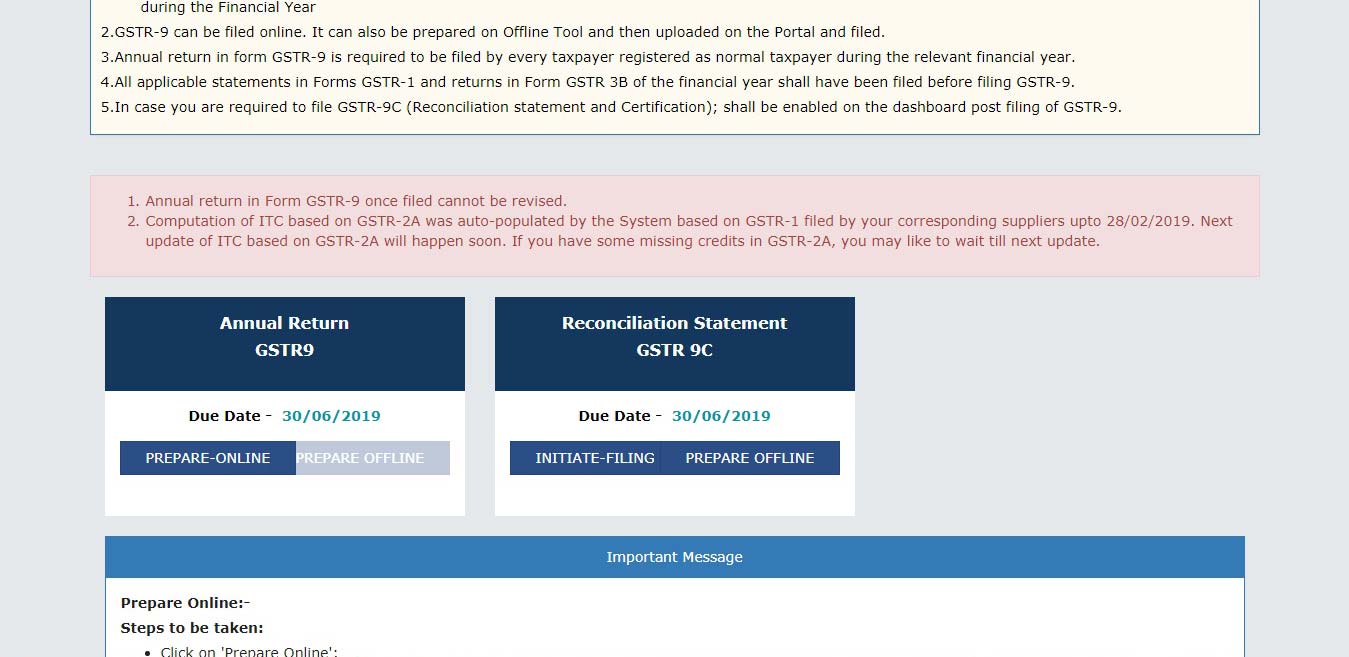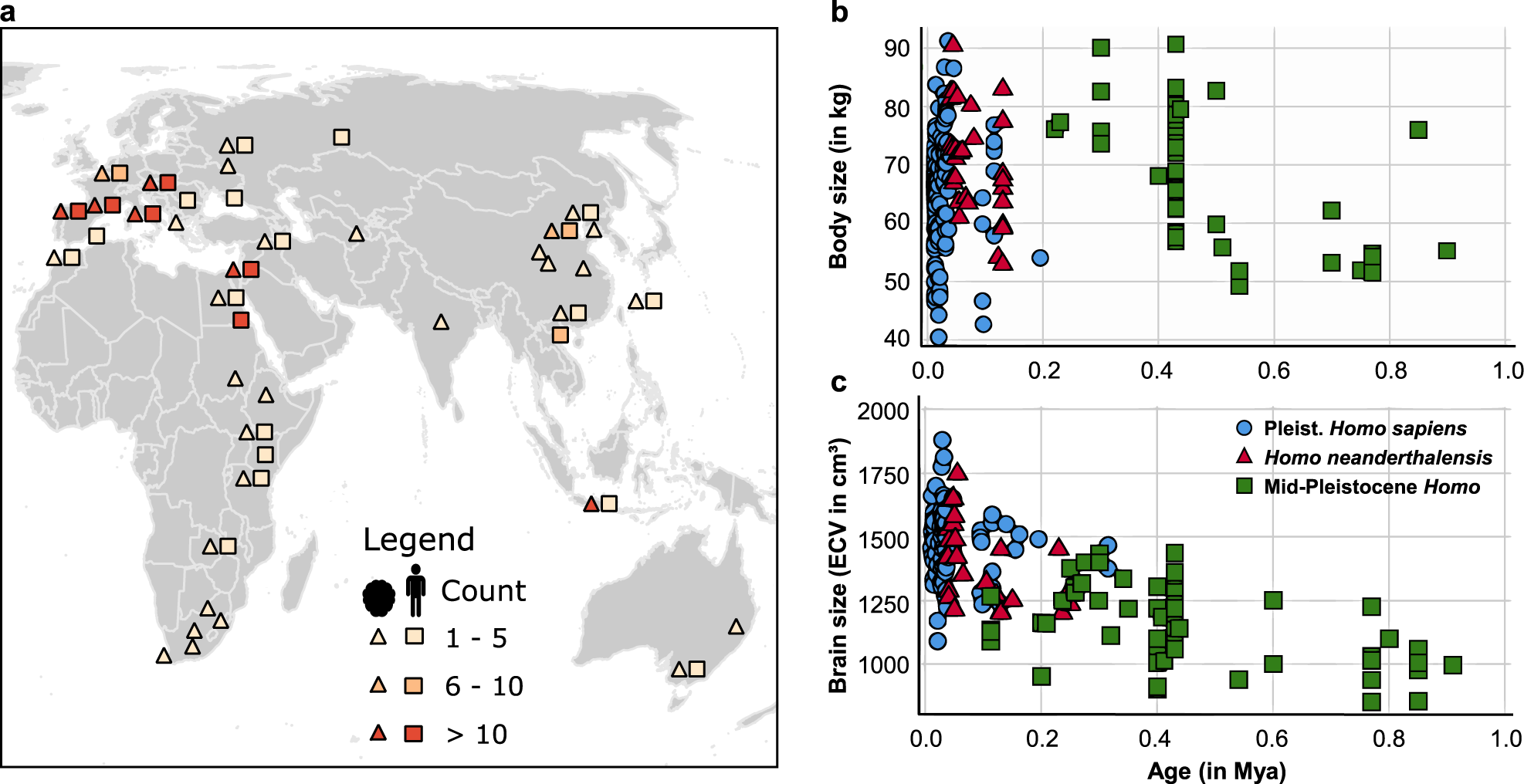

Toll-like receptors in humans could thus represent a promising new target for drug discovery. provide clues to the way neurons work and form these findings may also help to find new treatments for disorders that change brain structure, such as certain psychiatric conditions. By working together in different combinations, Toll receptors can promote either the death or survival of neurons, and they can also drive specific brain cells to remain dormant or to produce new neurons.īy revealing how experience changes the brain, Li et al. These go on to trigger a common molecular cascade, but they modulate it such as to result in distinct outcomes. Different types of experiences activate different brain regions, and therefore different Toll receptors. also show that each Toll receptor has a unique distribution across the fly brain. By contrast, reducing the amount of Toll-2 causes neurons to lose their projections and connections, and to die, and impairs fly behaviour. Activating neurons in a brain region has the same effect, and this increase in neuron number also depends on Toll-2. show that increasing the amount of Toll-2 in the fly brain makes the brain produce new neurons.
#Thebrain 9 excel file preview series
When activated, these proteins can trigger a series of molecular events in a cell. now show that, in fruit flies, this plasticity involves Toll receptors, a family of proteins present in the brain but best known for their role in the immune system.įruit flies have nine different Toll receptors, the most abundant being Toll-2. Yet, the molecular mechanisms underlying structural plasticity remain unclear. Structural plasticity occurs in other species too: for example, it was described in the fruit fly more than a quarter of a century ago. The ability of the brain to change in response to experience is known as structural plasticity, and it is in a tug-of-war with processes that drive neurodegeneration. By contrast, stress, depression, ageing and disease can have the opposite effect, triggering neurons to break down and even die. Physical exercise can induce similar changes, as can taking antidepressants. When you learn something new, the neurons involved in the learning episode grow new projections and form new connections. eLife digestĮverything that you experience leaves its mark on your brain. Through their topographic distribution, Toll receptors regulate neuronal number and brain size, modulating structural plasticity in the adult brain. Conditional over-expression of Toll-2 and wek at the adult critical period increased brain size. Constant knock-down of multiple Tolls synergistically reduced brain size. Toll-2 induced cycling of adult progenitor cells via a novel pathway, that antagonized MyD88-dependent quiescence, and engaged Weckle and Yorkie downstream. Toll-2 gain of function and neuronal activity at the critical period increased cell number. Focusing on Toll-2, loss of function caused apoptosis, neurite atrophy and impaired behaviour. Tolls demarcate a map of brain anatomical domains. Here, we asked if Toll receptors are involved. At an adult critical period, experience increases fiber number and brain size in Drosophila.

Structural plasticity reveals that brain function is encoded in generative changes to cells that compete with destructive processes driving neurodegeneration. For more about page margins, see Set page margins before printing a worksheet.Experience alters brain structure, but the underlying mechanism remained unknown. You can also change the column widths by dragging the handles at the top or bottom of the print preview page. To change margins, drag the margins to the height and width that you prefer. To view page margins, click the Show Margins button in the lower right corner of the Print Preview window. To exit Print Preview and return to your workbook, click any the arrow in the upper-left of the Print Preview window. To preview the next and previous pages, click the arrows for Next Page and Previous Page at the bottom of the Print Preview window-or type the page number. To view multiple worksheets, under Settings, click Entire workbook.

Next Page and Previous Page are available only when you select more than one sheet, or when a sheet contains more than one page of data. Unless you're using a color printer, the preview will appear in black-and-white, even if there is color in your sheet(s).


 0 kommentar(er)
0 kommentar(er)
